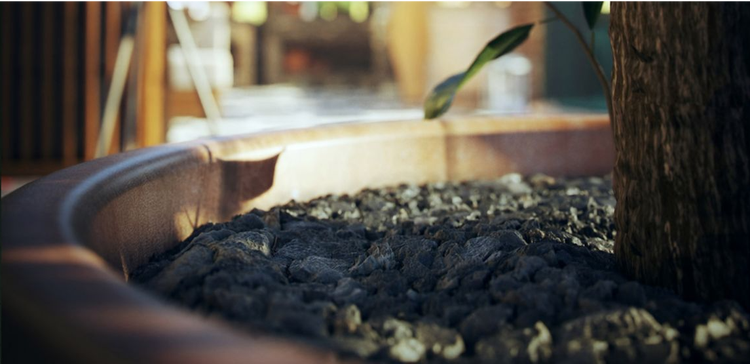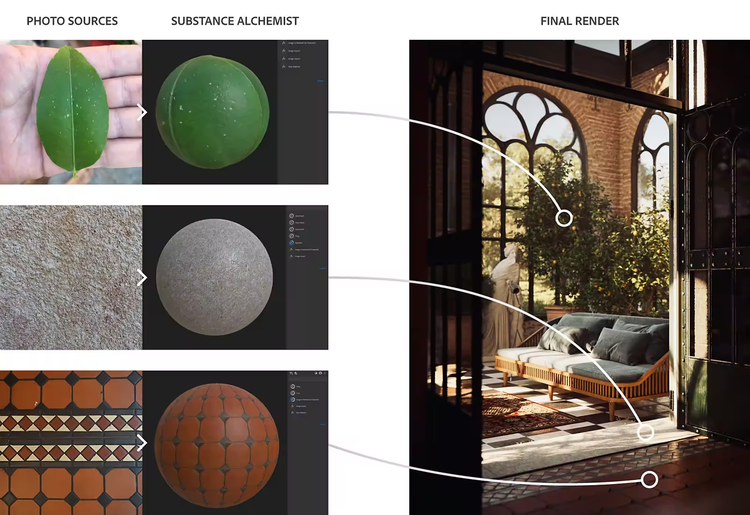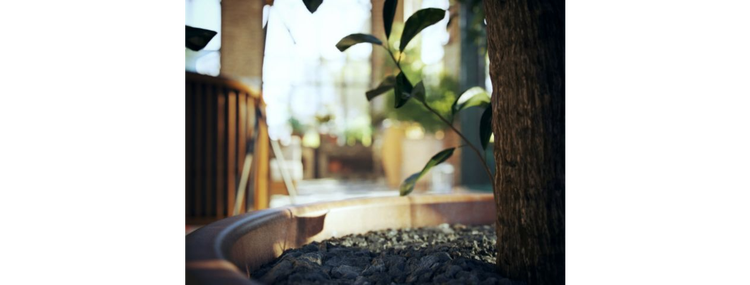Expenses related to 3D projection mapping include the projector that will be used, a computer or laptop, and content creation software, such as Creative Cloud and Substance 3D. Depending on the size and scale of the surface you want to project on, the type of projector used can vary greatly. Overall, 3D projection mapping is a cost-effective way to engage with an audience.
You will need a high-quality projector, computer, 3D modeling software, surface calibration tools, audio tools (if desired), control devices, cables and connectors, and a way to house and protect the projector if outdoors. Overall, the specific equipment needed will vary depending on the location, scale, and complexity of your project.
2D projection is like watching a movie on a screen or wall. In 3D projection, the projection is manipulated to match a 3D surface. 3D projection mapping, while more complicated, can create interesting illusions and effects, creating an immersive experience for viewers.




